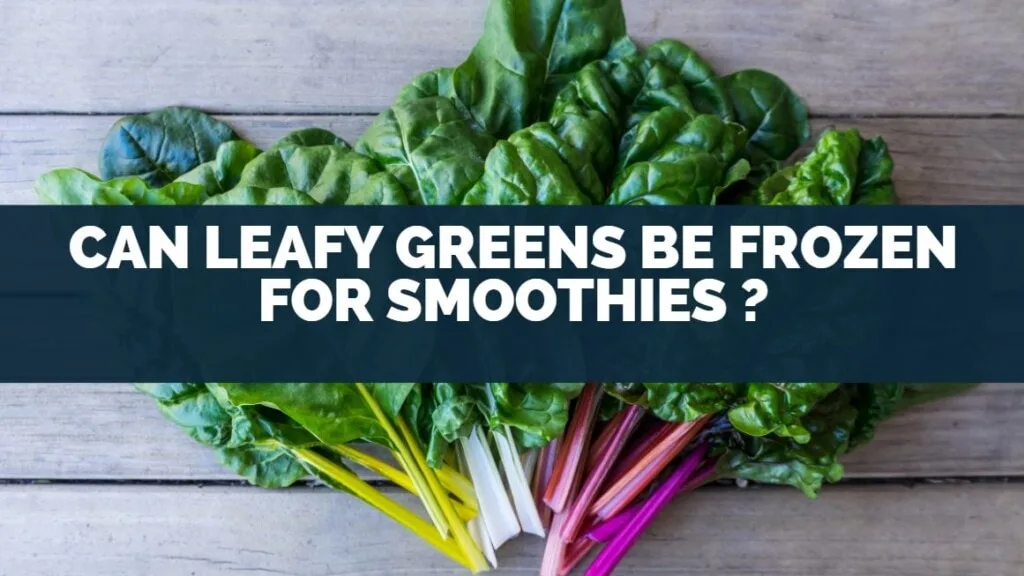
Smoothies are a great and tasty way to get a lot of healthy vegetables and fruits into your system.
It can make people who generally don’t love the taste of vegetables still obtain a lot of their nutrients.
However, if you’re short on time, it can be quite a struggle sometimes to find the right time to make yourself a smoothie.
Leafy greens can be frozen for smoothies to save yourself time and to avoid your greens going bad quickly.
Prepare your smoothies beforehand, and you’ll be enjoying your smoothie in no time. In the freezing process, it’s important to blanch the greens in order for them not to lose taste over time.
The rest of this article will discuss how to freeze your leafy greens (including how to blanch), which leafy greens can be frozen if all leafy greens can be eaten raw if you can juice leafy greens, and which leafy greens you can juice. So, keep on reading!
Table of Contents
Using Frozen Leafy Greens for Smoothies
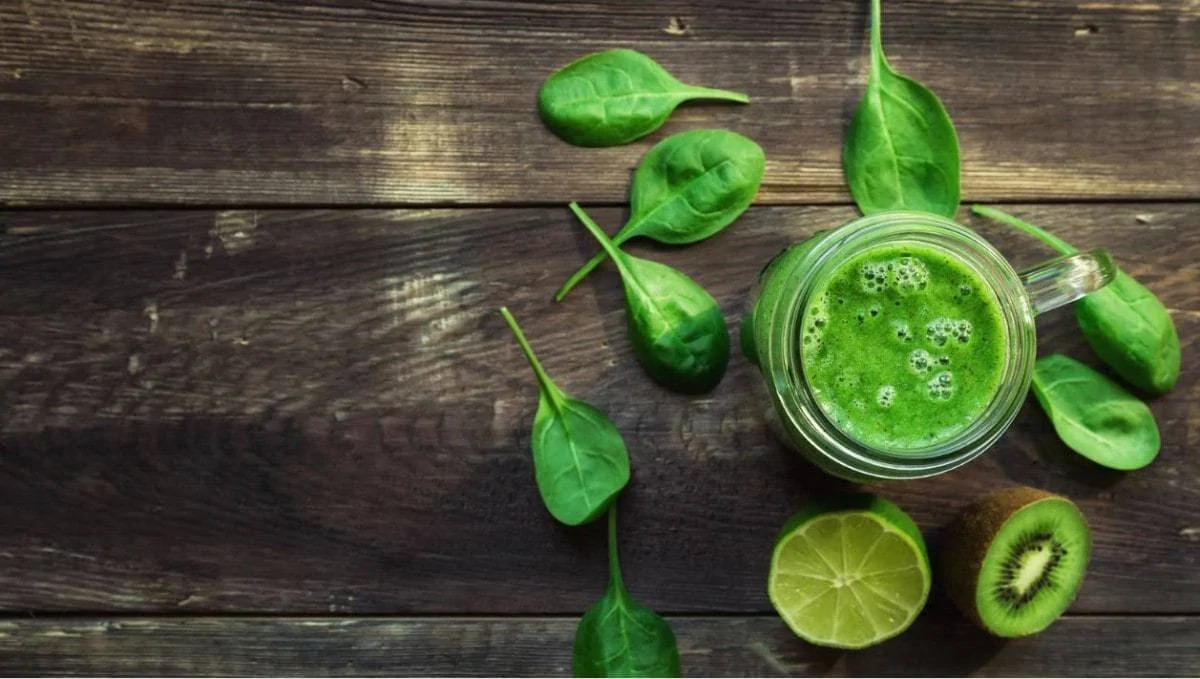
We are all aware of the fact that finding time to make a smoothie can be hard at times.
We have to wash and cut the vegetables and fruit, do some measuring (at least some people do), and afterward, we have to clean the blender.
Additionally, the vegetables we purchase have to be used in a time span of a few days before they go bad.
However, you can also freeze your leafy greens. This way, you have the measuring (of the leafy greens) done, and they’re blender-ready.
So, the answer to the question “can leafy greens be frozen for smoothies” is: yes! It’s a super convenient way to save veggies longer and prep your smoothies beforehand to save time.
How to Freeze Leafy Greens
Measuring the leafy greens is optional, but if you do, it’s important to know that two cups of fresh greens equals 1 ½ cups of frozen greens.
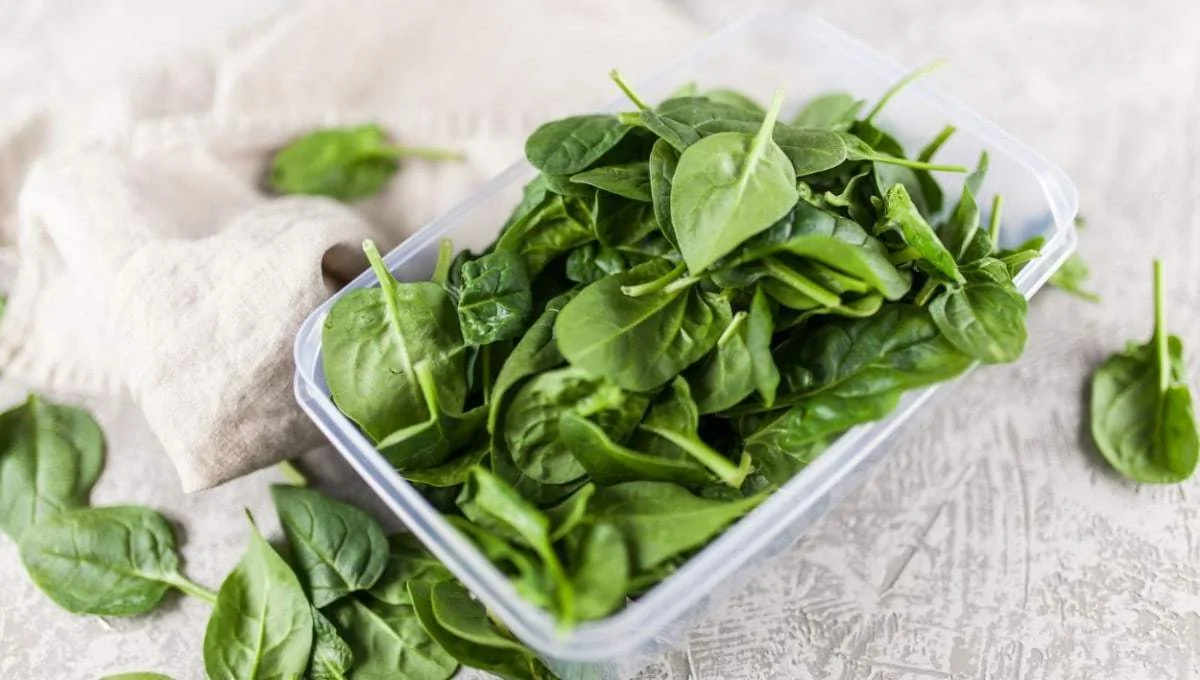
Now, let’s get into the process of how to freeze your leafy greens.
- First of all, it’s important that you select good greens (preferably organic) in the store or farmers’ market with good color and no blemishes.
- When you get home, wash the veggies very well with cold water to remove any dirt or soil.
- If you’re using some greens with large stems (such as kale), remove these; if you have a stronger blender, you can also choose to leave the stems in place.
- Do whichever you prefer. Tear or cut the greens in the preferred size.
- If you’re using storage bags, label these by writing the number of greens you’re putting in there (2 cups, for example).
- Don’t forget to add the date if you plan on storing them for a while.
- Now, it’s time to measure the leafy greens and put them in the bags.
- Put the greens in and squeeze as much air out as you can and seal them.
- Blanch the greens. See next paragraph for blanching instructions.
- Pop them into the freezer. You can leave them in the freezer for eight to twelve months.
Optional: You can measure out the exact amount of vegetables and fruits that you’ll need for one smoothie. Put these in the freezer together in one little bag so you can easily grab them if you’re making a smoothie without measuring anything.
Blanching Your Greens
Blanching your (leafy) greens is important because, this way, they will maintain their fresh flavor.
According to the National Center for Home Food Preservation, “Blanching (scalding vegetables in boiling water or steam for a short time) is a must for almost all vegetables to be frozen.
It stops enzyme actions which can cause loss of flavor, color, and texture.”
- Blanching is best to do in small quantities: four cups of packed greens per gallon of boiling water.
- When the water returns to boil, you can start counting blanching time.
- You should blanch collard greens for three minutes, other greens for two minutes and very tender spinach leaves should be blanched for 90 seconds.
- For the same amount of time as the blanching, you must now let the greens cool in ice water.
- Right after the boiling process, immediately dip the greens in ice water.
- Drain well.
What Leafy Greens Can Be Frozen?
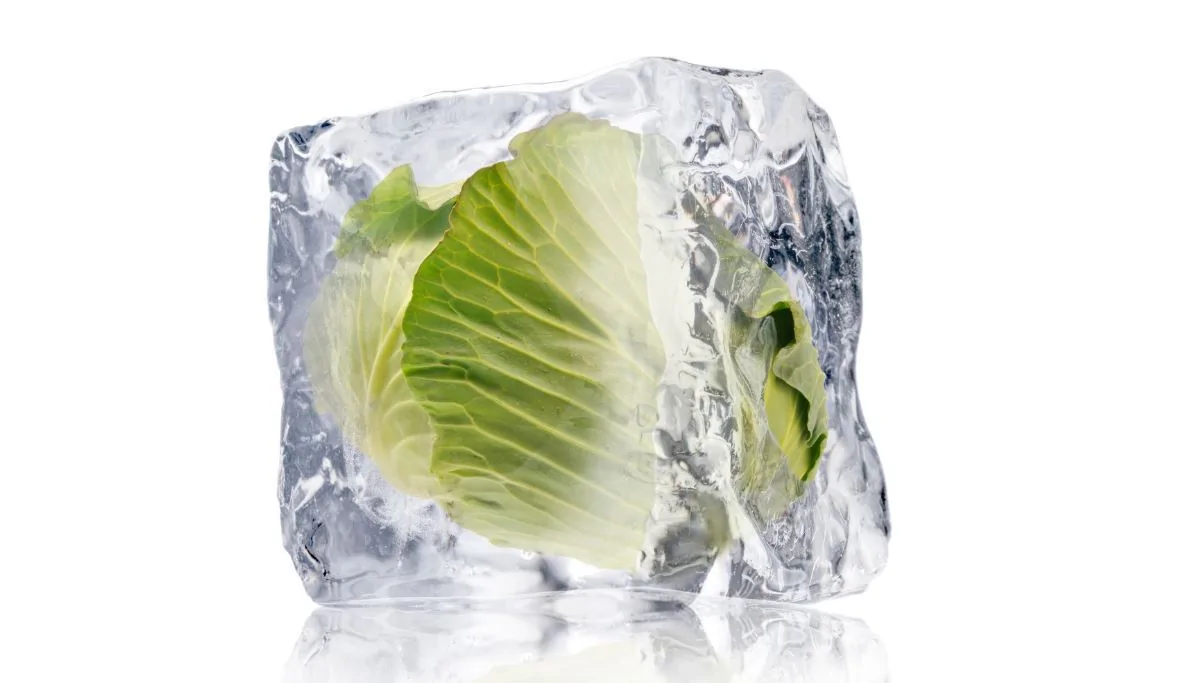
The leafy greens that can be frozen include spinach, kale, beet greens, Swiss chard, mustard, and turnip greens.
It’s not really advisable to freeze very tender leafy greens such as romaine lettuce.
In addition to the ones we’ve already mentioned, another benefit of freezing your leafy greens is that if you freeze them the right way, you can enjoy these veggies every season without losing their flavor or nutrients.
Can All Leafy Greens Be Eaten Raw?
There are benefits to eating certain vegetables raw, and others are perhaps better cooked, but there are no leafy greens that you really shouldn’t eat raw.
Of course, it is important that you always clean your produce before consuming it directly (or before cooking it) in order to wash off any soil, dirt, or even possibly little bugs.
Raw, cooked, or steamed: which one of these three is the healthiest?
Well, it is kind of complicated. Eating leafy greens raw can ensure a higher intake of vitamin C, although cooking your greens will activate other healthy nutrients.
There is a lot of information to be found online about which is better, and many times you will read contradicting opinions.
The truth is that it differs for every vegetable. We would advise you to eat your leafy greens any way you prefer so you can enjoy them the most.
Can You Juice Leafy Greens?
You can juice leafy greens. Juicing your leafy greens is a very easy and convenient way to obtain a lot of their nutrients.
The difference between a juice and a smoothie is that a juicer squeezes all of the juice out of the vegetable/fruit, whereas a blender blends everything together, and you will consume every part that you put in.
Smoothies often come out thicker than juices, seeing that juices are often thin and smooth to drink.
What Leafy Greens Can You Juice?
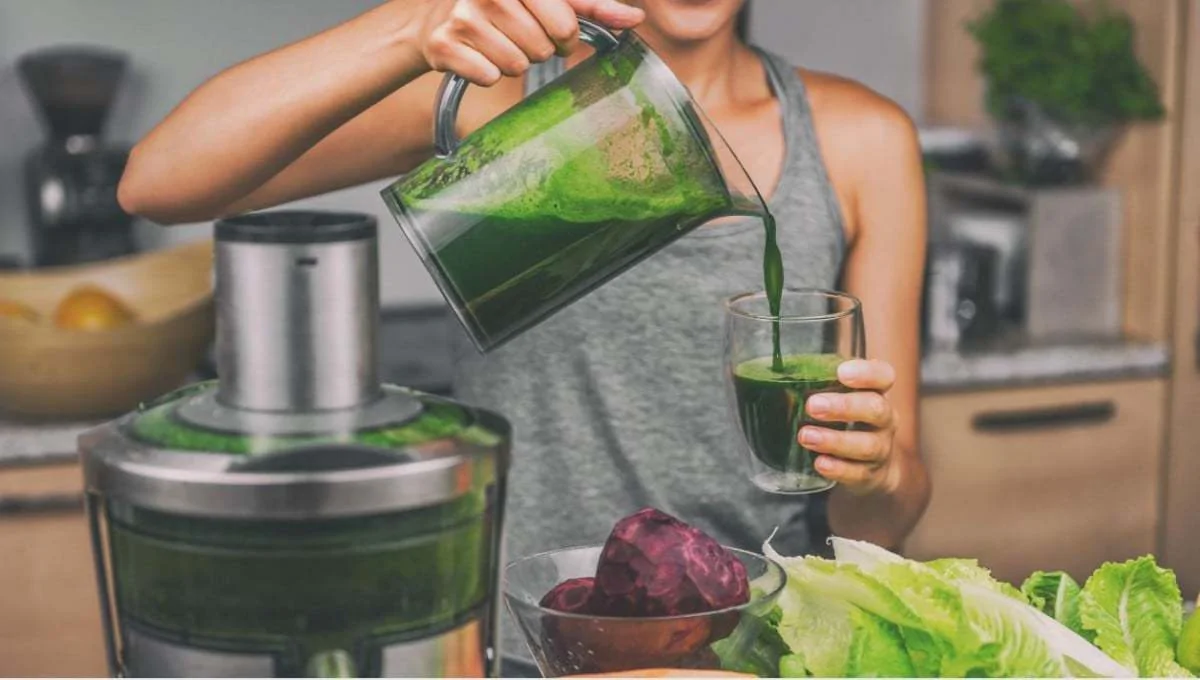
You can juice all leafy greens, although some people get an upset stomach when they juice broccoli or cabbage, so you might want to avoid those two.
Other than that, leafy greens are a great base for a juice or smoothie.
If you need some inspiration for which leafy greens to use, here are a few:
- Spinach
- Kale
- Swiss chard
- Bok choy
- Beet greens
- Microgreens
- Romaine lettuce
The Healthiest Leafy Greens
All previously mentioned leafy greens are super healthy, so using any of those as a base for your smoothie is a great choice.
If you end up with a smoothie that tastes favorable to you, it is also more likely that you will finish the smoothie in the first place. With that being said, here are a few of the healthiest leafy greens you can go for and why:
- Kale: Kale is definitely a super healthy leafy green, perhaps even the most nutritious.
- It contains vitamins A, C, and K1. On top of that, it has large amounts of calcium, potassium, vitamin B6, magnesium, manganese, and copper.
- Spinach: Spinach is also a great leafy green with many of the same nutrients as kale, such as vitamins A, C, K, manganese, and magnesium.
- Additionally, spinach contains iron, folate, and vitamin B2.
- Microgreens: So, microgreens are young vegetable greens that contain iron, magnesium, potassium, zinc, and copper.
- Keep in mind that several different microgreens are out there, so the nutrient contents can vary slightly.
- Bok choy: Just like kale and spinach, bok choy is loaded with vitamins A, C, and K. On top of that, bok choy is a good source of dietary fiber.
- Romaine lettuce: Again, another good source for vitamins A, C, and K.
- Additionally, romaine lettuce will provide you with phosphorus, potassium, calcium, and magnesium. Somehow, this leafy green is often forgotten about, although it is a great one.
- Swiss chard: Swiss chard contains vitamins A, C, K, and E. On top of this, it contains copper, potassium, calcium, iron, manganese, calcium, and magnesium.
- What’s not to like?
Final Thoughts
Leafy greens are a great base for your smoothie and make things even better: they can be easily frozen.
This way, you can easily prepare the portions of use beforehand, and you can use all kinds of leafy greens all-year-round.
When you are preparing your leafy greens for freezing, it is important to blanch them first because immediately throwing them in the freezer won’t maintain the flavor and nutrients to the best ability.
After blanching your greens, there are just a few other easy steps that you have to follow to get the freezer ready.


Leave a comment